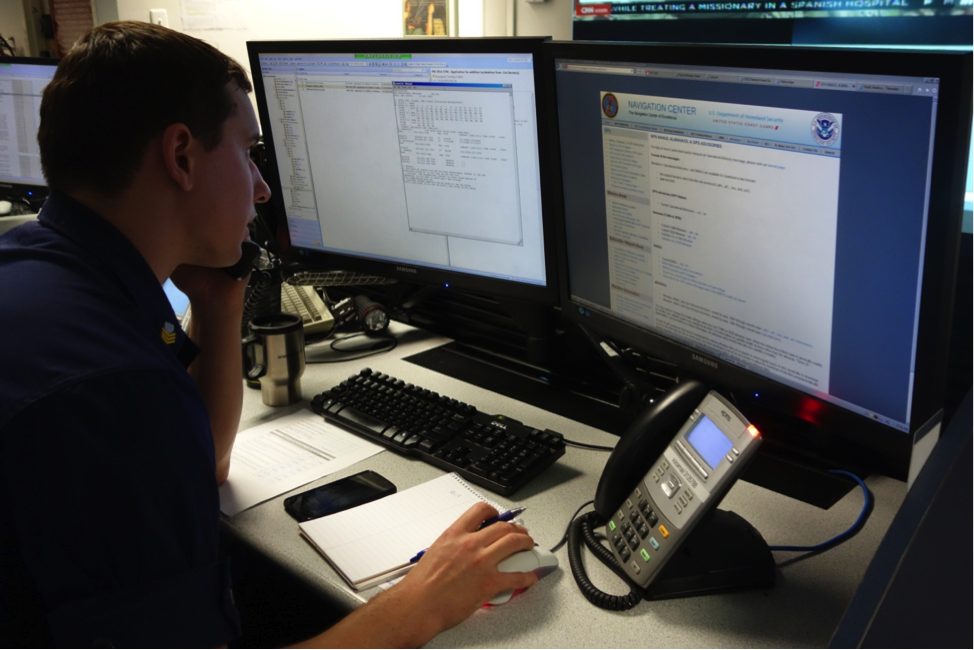The invisible infrastructure that I wrote about last month — one that our current economic system cannot operate without — is the Navstar Global Positioning System, or GPS. It provides critical data, known as PNT (positioning, navigation and timing), that today is used in almost all aspects of modern finance, commerce, and transportation to the point that in most cases you can’t even buy a takeout pizza without it. At one time, it was only used for navigation, and then we got silly with it.
As it happens, the satellites that form the celestial portion of GPS are in space, orbiting the earth, along with a whole lot of other satellites and assorted “space junk.” It’s crowded up there and getting more congested all the time. Satellites get damaged or destroyed on a regular basis. Fixing them is impossible. Satellites also just wear out and it’s expensive to replace them. Sometimes launches go awry and the satellites don’t get off the ground. Besides the cost and lack of accessibility, satellites have other inherent vulnerabilities. They are a low-power and high-frequency system, and the signal is prone to interference and can easily be jammed. The satellite signal can also be spoofed, and solar flares can wreak havoc on it.
Becoming so incredibly dependent on such a system without a proven back up is a prime example of falling into the single-point failure trap. We’re supposed to know better than that. This was not always the case. We once had a very viable system which we deliberately and foolishly turned our back on.
That terrestrial-based and complementary system could serve as a relatively low cost, robust back up to GPS. It was the first radio navigation system that I learned to use. It was called Loran (long range navigation) and there is a modernized and more capable version of it called eLoran. It is just waiting for us to implement it.
If Congress could just take a break from the culture wars just do its job and fund this worthy program, it would be a huge plus for everyone’s infrastructure.




